Sapphire Radeon RX 480 Nitro+ OC 4GB and 8GB Reviews
November 24, 2016 | 10:08

Sapphire Radeon RX 480 Nitro+ OC 4GB and 8GB Reviews
Manufacturer: SapphireUK price (as reviewed): £204.49 (inc VAT) (4GB); £249.49 (inc VAT) (8GB)
US price (as reviewed): $229.99 (ex Tax) (4GB); $277.99 (ex Tax) (8GB)
The RX 480 was launched with a strong value proposition by AMD, purporting to offer strong 1080p and 1440p gaming performance for as little as $199. However, the reference cooler left much to be desired, paving the way for AIBs like Sapphire to enter the market with improved designs. We've already seen Asus's all-singing, all-dancing RX 480 Strix OC 8GB that comes with a hefty premium but, with its Nitro+ series, Sapphire offers a surprisingly strong feature set (as we already saw in the RX 470 Nitro+ OC 4GB) for what appear to be very competitive prices. There are three Nitro+ RX 480 SKUs in total: one 4GB and two 8GB, with the latter two differing only in core clock speed. Today, we're looking at the 4GB card, which retails for a smidgen above £200, and the faster of the 8GB cards, which will set you back about £250.
1,266MHz is the reference boost clock of the RX 480 i.e. the speed at which it will boost too provided it is not thermally constrained or power-limited (which isn't always the case). Sapphire, however, factory overclocks its 4GB card to 1,306MHz here, a modest 3 percent boost. An 8GB SKU at this speed is also produced, but it's the faster model we have here, which runs at 1,342MHz boost – a 6 percent uplift – and this appears to be the fastest clocked RX 480 available, although only by a tiny margin. The memory, unfortunately, is left at default clock speeds: 1.75GHz (7Gbps effective) on the 4GB card and 2GHz (8Gbps effective) for the 8GB.
Beyond the clock speeds and memory configuration, the two cards here are physically identical, so what's said of one applies to the other. The Nitro+ design is neat, tidy and relatively compact. The plastic shroud is mostly closed and solid, and on the back with find a very sturdy metal backplate with a design that's eye-catching but still done in a neutral colour scheme. It should thus be an easy and an aesthetically sensible fit for most builds. It is a little taller than standard expansion card dimensions, but the 8-pin PCI-E connector (an upgrade over the 6-pin on the reference design) is located at the side rather than the top so as to not add even further to the height.
Sapphire deviates from the reference design further with the display outputs, swapping one DisplayPort connector for a secondary HDMI one. This is something we've also seen on Asus's Strix cards and the idea is to give VR users the option of leaving a headset connected at the same time as a HDMI display. It's a good move as it will be appreciated by VR players but unlikely to bother anyone else.
Sapphire also includes a dual BIOS switch along the top edge. There doesn't appear to be any difference between the BIOS installed in either position, but it does give you a handy backup in case flashing a custom BIOS or overclocking goes wrong.
Another physical onboard control is a red button that gives you basic control over the RGB LEDs that light up the Sapphire logo along the cooler shroud's top edge. It allows you to switch the between the various modes that include: pure blue, rainbow, colour change according to PCB temperature or fan speed, custom colour, or just off. More detailed settings such as exact colour and brightness can be altered via the Sapphire Trixx overclocking utility – it's good that overclocking and LED control is handled by the same software, as this isn't true of all vendors.
The Dual-X cooling solution relies on a pair of 95mm fans – a sensible size that keeps the card fairly small while still offering what should be decent airflow. Supposedly 10 percent cooler than Sapphire's previous cooler, the fans use dual ball bearings and are said to be dust repelling. The fans also utilise a so-called 'Quick Connect' system whereby they can be released from the cooler via a single screw for easy replacement in case of failure and giving Sapphire an easy way to help users with broken fans without requiring a full RMA. The system is a bit fiddly when reinstalling fans but it does work after a few tries. Another thing to note is that semi-passive cooling is supported in these cards, so when your system is idle or only doing light gaming tasks you'll have total silence, at least form the graphics card.
The heatsink utilises a copper contact plate for the GPU, after which two 8mm heat pipes and one 6mm heat pipe work together to spread heat throughout the sizeable fin stack Pleasingly, all memory chips and VRMs are also directly cooled via thermal padding and further contact plates which feed the fins directly.
The fins are sealed at the sides – air is directed in part through the rear I/O panel and although some will inevitably end up back in your chassis, Sapphire indents the PCB and has holes in the backplate, effectively allowing air to pass through the card directly to where your exhaust fan is (at least in a standard tower design). It calls this feature Free Flow and it is illustrated in the diagram above.
The PCBs of the two cards we have are actually slightly different: The 8GB card has five GPU power phases while the 4GB one has six. According to Legit Reviews, five is the correct amount and our 4GB one must be a pre-retail one (apparently the phases are limited to five in the BIOS anyway). Five is actually a reduction of one compared to the six-phase reference design, but Sapphire is using upgraded components including high-polymer aluminium capacitors and the company's Black Diamond 4 chokes with integrated heatsinks, said to be cooler and more power efficient than regular designs. There is also one power phase for the memory, and another near the rear I/O panel, although we're not sure of the function here.
Specifications
- Graphics processor AMD Radeon RX 480, 1,306MHz (4GB); 1,342MHz (8GB)
- Pipeline 2,304 stream processors, 144 texture units, 32 ROPs
- Memory 4GB GDDR5, 7Gbps effective; 8GB GDDR5, 8Gbps effective
- Bandwidth 256GB/sec, 256-bit interface
- Compatibility DirectX 12, Vulcan, OpenGL 4.5
- Outputs/Inputs 2 x DisplayPort 1.4, Dual Link DVI-I, 2 x HDMI 2.0b
- Power connections 1 x 8-pin PCI-E, side-mounted
- Size 240mm long, 120mm tall, dual-slot
- Warranty Three years

MSI MPG Velox 100R Chassis Review
October 14 2021 | 15:04


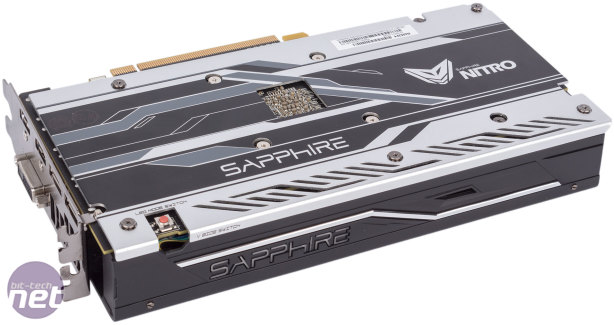
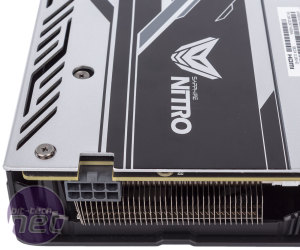

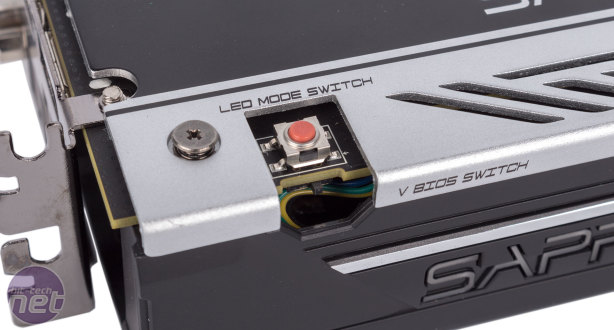
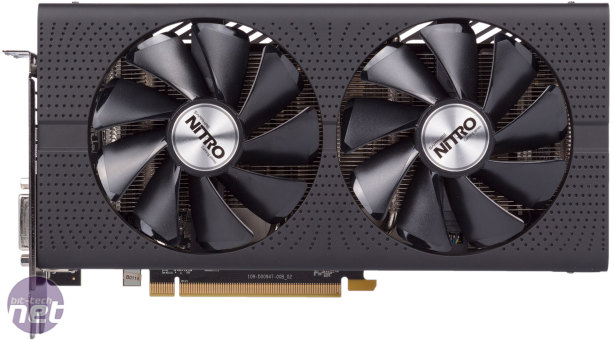
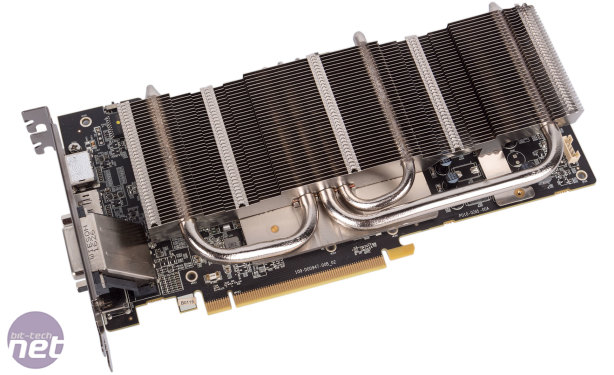

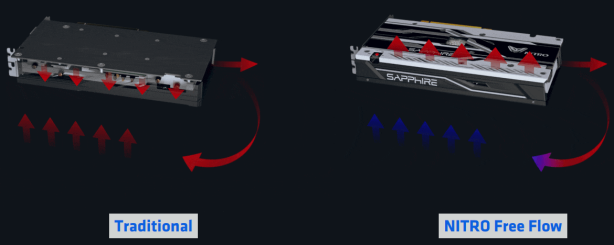
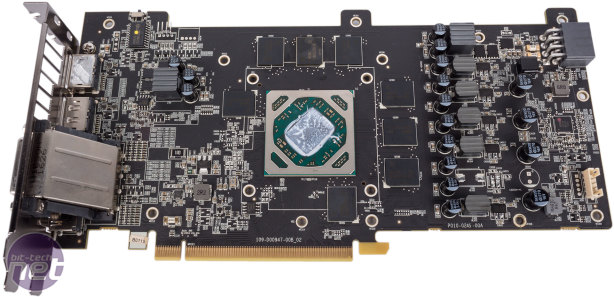








Want to comment? Please log in.